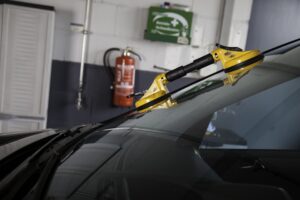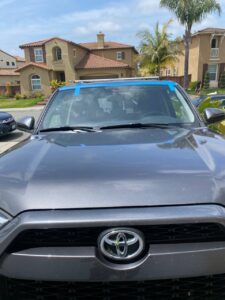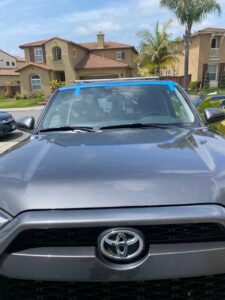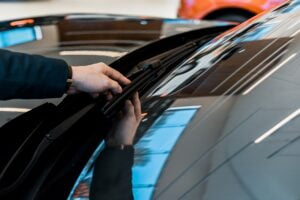Do you prefer power windows or manual windows for your car? Manual windows are more affordable, yet despite being slightly expensive, power windows are more convenient to operate. Power windows are also safer as you don’t have to use a hard crank to operate your windows and look away from the road while you’re driving.
In this piece, we’ll discuss power windows and why you should get them for your car:
When Were Power Windows Introduced?
In the late 1940s, general motors introduced the hydroelectric system in its front seats, convertible tops, and power windows. A few years later, Ford followed this path and integrated these windows into its cars as well.
Cadillac joined the bandwagon in the 1970s by introducing power windows in its limousines. It was also one of the first car makers to include power windows between the driver and passenger compartments. And by the end of the 1970s, almost all private and commercial cars had power windows as a standard feature.
How Do They Work?
The power window mechanism uses a press-and-release down switch, which helps the glass to rise and lower. This mechanism uses a circuit monitor that reads how long a button is pressed. If the button is pressed for half a second, the window will go down completely.
However, if you hold the button for longer, it’ll stop at its exact position when you release the button. The same applies to auto-up windows, but they’re extremely rare in vehicles. You can ask your auto glass service company to include this feature if you want.
Why Should You Get Power windows?
These windows are standard features in modern vehicles. They allow you to stay in control of the vehicle while increasing functionality and accessibility to lower or raise your windows. They’re also a lifesaver for people who have hand injuries or arthritis. Also, the master panel on the driver’s side can help monitor and control the windows if you have young children sitting in the back who can’t reach or operate their windows yet.






